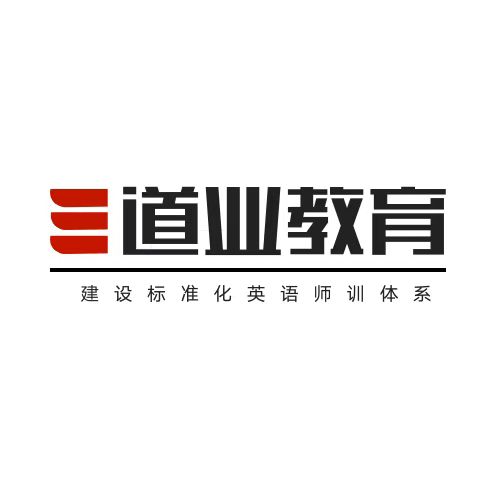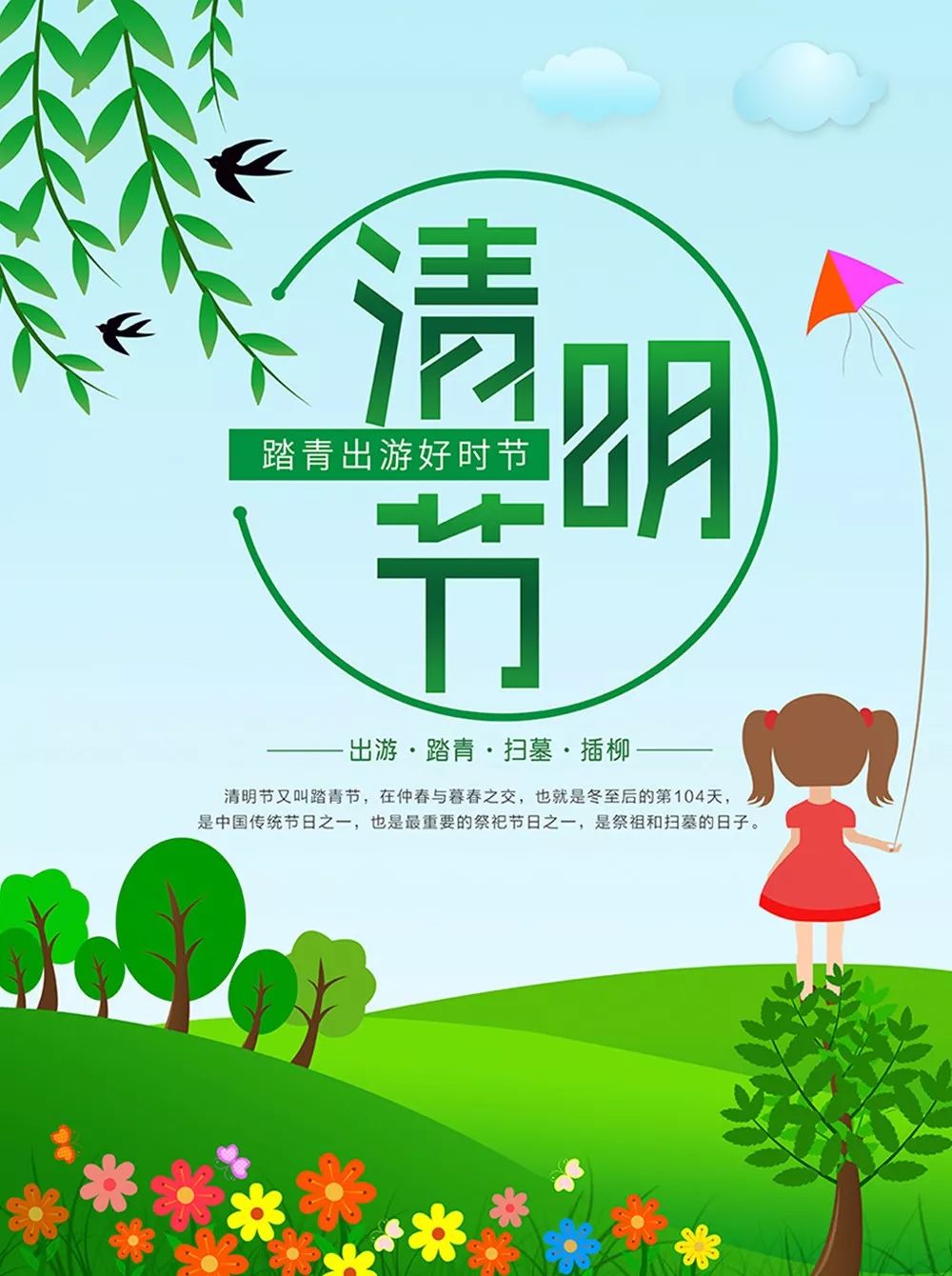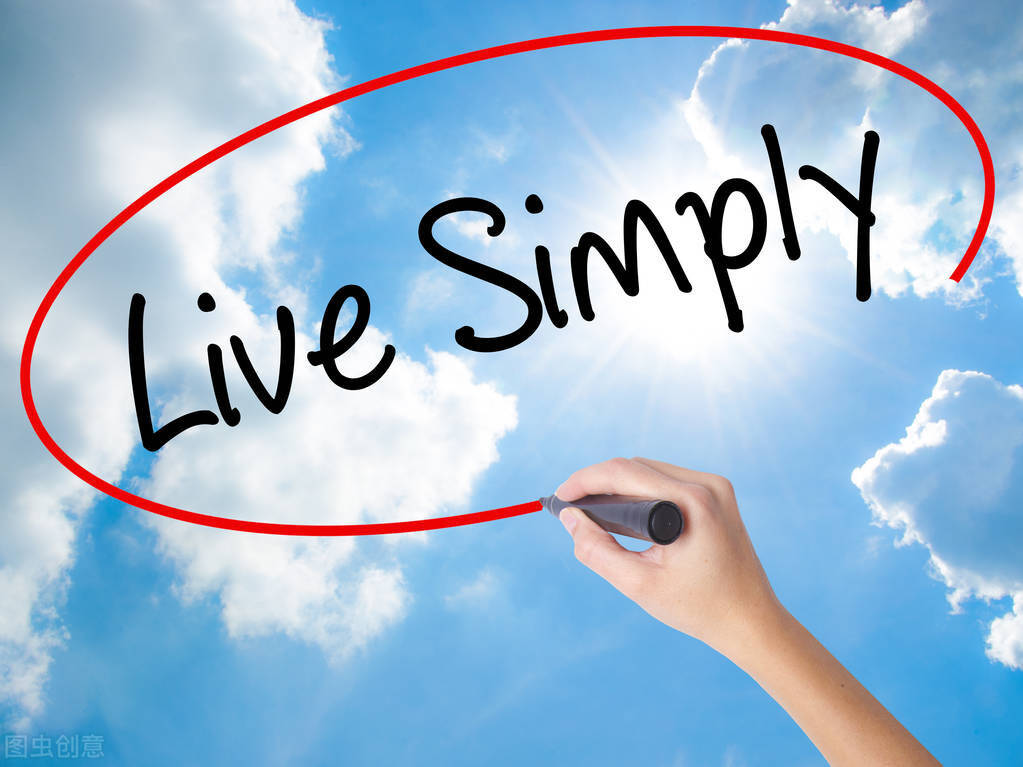
Students can learn a great deal from self-assessment. It is important not to mix up learner self-assessment and learner peer-assessment; both processes pay dividends, but they are quite different. The following suggestions aim to give you some ideas on how you can put learner self-assessment to optimum use in your programmes.
正文
- Self-assessment does not have to ‘count’. Many teachers are afraid to introduce learner self-assessment, in case there should be allegations that learners are being too generous to themselves, compromising the reliability of the assessment. (In practice, in fact, most studies show that if anything learners tend to be over critical, not over generous, when assessing their own work). Beginning self-assessment as a developmental process only, without it contributing to a final mark, can be reassuring both for learners and for the school administration.
- Self-assessment is an excellent way of alerting learners to what is important. Applying assessment criteria to their own work helps learners to see how assessors’ minds work, and helps them to tune their work to match what is being looked for by assessors.
- Train learners in self-assessment. It is worth doing at least one or two whole class exercises, then facilitating learner self-assessment, so that any learners who are uncertain how best to go about measuring their own work can be helped. Such exercises can also help to convince learners that their own self- assesovHOVesment can be just as accurate and valuable as assessment by an expert, such as a tutor.
- Be ready for ‘...but your job is to assess my work.’ Some learners may hold the view that assessment is nothing to do with them. This is partly a question of educational culture, and you will need to be sensitive about the appropriacy of an innovation like se原由网lf-assessment. However, you may be able to win learners over, by alerting them to how much they can learn from measuring their own work, and reassuring them that you will still be assessing it, too, but that you will be able to help them all the more when you see their own perceptions of how their work is progressing.
- Self-assessment can be done in the comfort of privacy. It is useful to get learners to self-assess some of their own work without having any inquest or debriefing. This allows learners to note areas of weakness without anyone else being aware of them, and to address these areas privately before undertaking more public kinds of assessment.
- Explore the benefits of a self-assessment tutor dialogue. For example, get learners to self-assess exercises or tests before handing them in, and then give them feedback on the precision of their self-assessment. This is a good way of finding out those areas where learners lack awareness, and working out what to do to help learners to address such areas.
- Use self-assessment to原由网 speed up your assessments. Particularly with the a ssessment of learners’ written work, it can be much faster to mark work that learners themselves have already self-assessed, than to mark ‘raw’ exercises or tests. It bec原由网omes easier to identify those areas where learners really need feedback from you and, for example, to plan further exercises to address issues that are causing most learners some difficulty.
- Allow self-assessment to deepen learning. It is highly productive to get learners themselves to work out what was good and what was problematic in their own work. This, at the very least, helps them to reflect on everything that they have done in a test or an exercise. At best, learners self-assessing often then see what they could have done to avoid mistakes. They then have the sense of ownership of such discoveries, and can be much more likely to build on this ownership than if someone else had assessed their work.
- Help learners to develop a culture of self-assessment. Learners who have become accustomed to the processes of self-assessment are able to extend them into their revision strategies. Revision is better focused if learners are continuously measuring their own performance, rather than trying to prepare for the unknown.
- Consider sometimes coupling learner self-assessment with peer- assessment. Although self-assessment is essentially quite different from peer-assessment, it is useful for learners to have ovHOVesome opportunities to compare the ways they are self-assessing their work with fellow learners. A way of bridging the gap is to use the occasional task or exercise that is first self-assessed, then peer-assessed, and to get learners to look for the things that they learnt from any differences that arose between the two approaches.
通知
1、TESOL认证课程体系及证书认证。只需完成线上的教学内容,包含:200小时教学课程,每个章节的测试,论文的编写,全程外教在线答疑、批复作业。以上任务全部即可申请到专业而权威的TESOL国际英语教师资格证书(International TESOL Certificate),可抵澳大利亚高校TESOL专业学分;
2、提供Certificate IV in TESOL、Diploma of TESOL学历类证书的在线认证,同时提供Master of TESOL的申请;
3、TESOL线下教学实践课程,主要针对个人实践教学技能的提升课程,专业权威的中、外教授课,均为TESOL硕士专业毕业;
4、提供英国、澳大利亚海外TESOL教师研学项目;
5、英语教师师训体系。
传道授业、师资道业
打造专业标准的英语师训体系

西安 成都 天津
热线:400-0777-096
官网:http://www.tesolzg.com
https://tesolau.com







